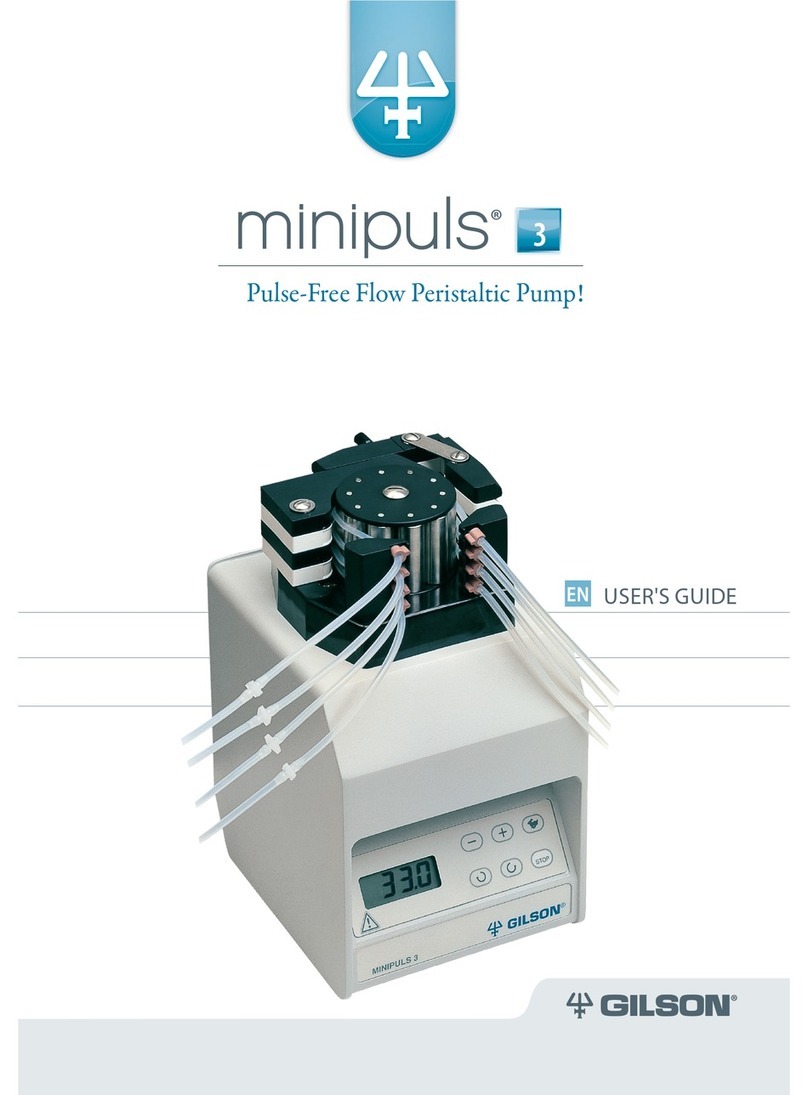Gilson 322 User manual



















This manual suits for next models
4
Table of contents
Other Gilson Water Pump manuals
Popular Water Pump manuals by other brands
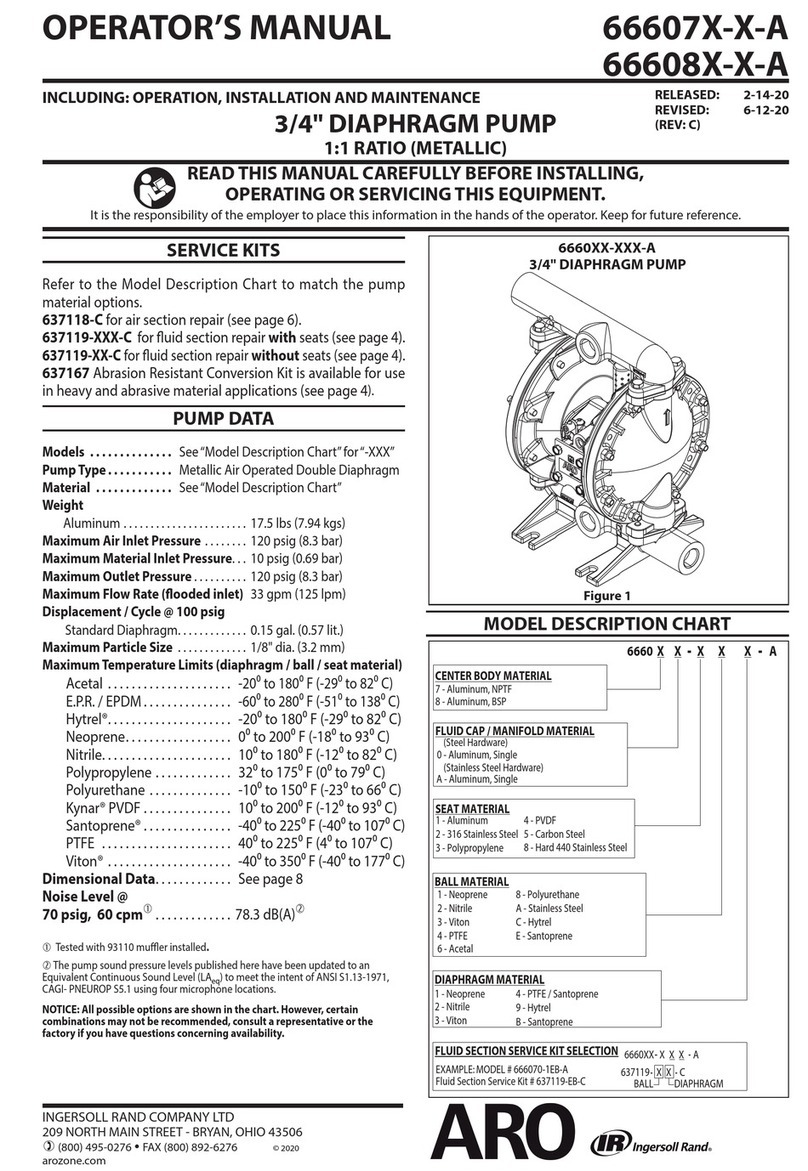
Ingersoll-Rand
Ingersoll-Rand ARO 66607 A Series Operator's manual
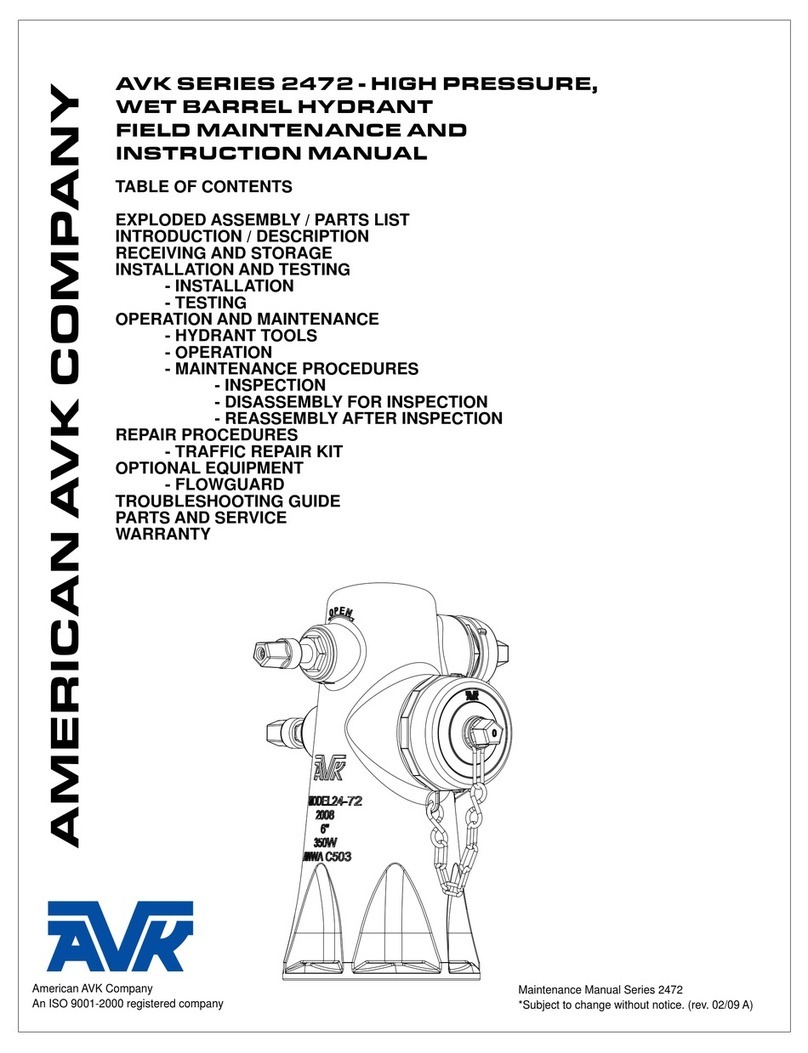
AVK
AVK 2472 instruction manual

Profi-pumpe
Profi-pumpe REGEN-STAR REGENTONNE 400 operating instructions
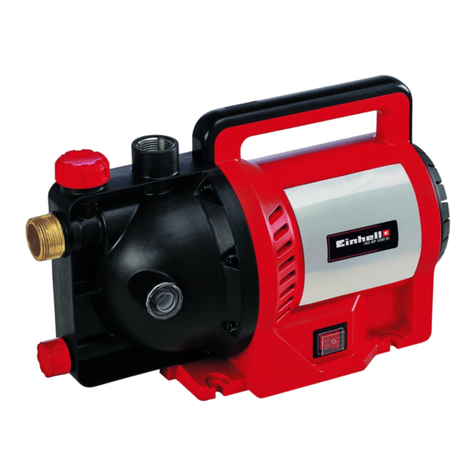
EINHELL
EINHELL GC-GP 1250 N Original operating instructions
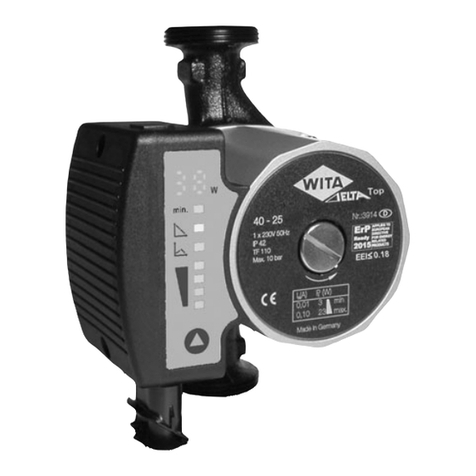
WITA
WITA Delta Top 40 Series TRANSLATION OF THE ORIGINAL INSTALLATION AND OPERATING INSTRUCTIONS
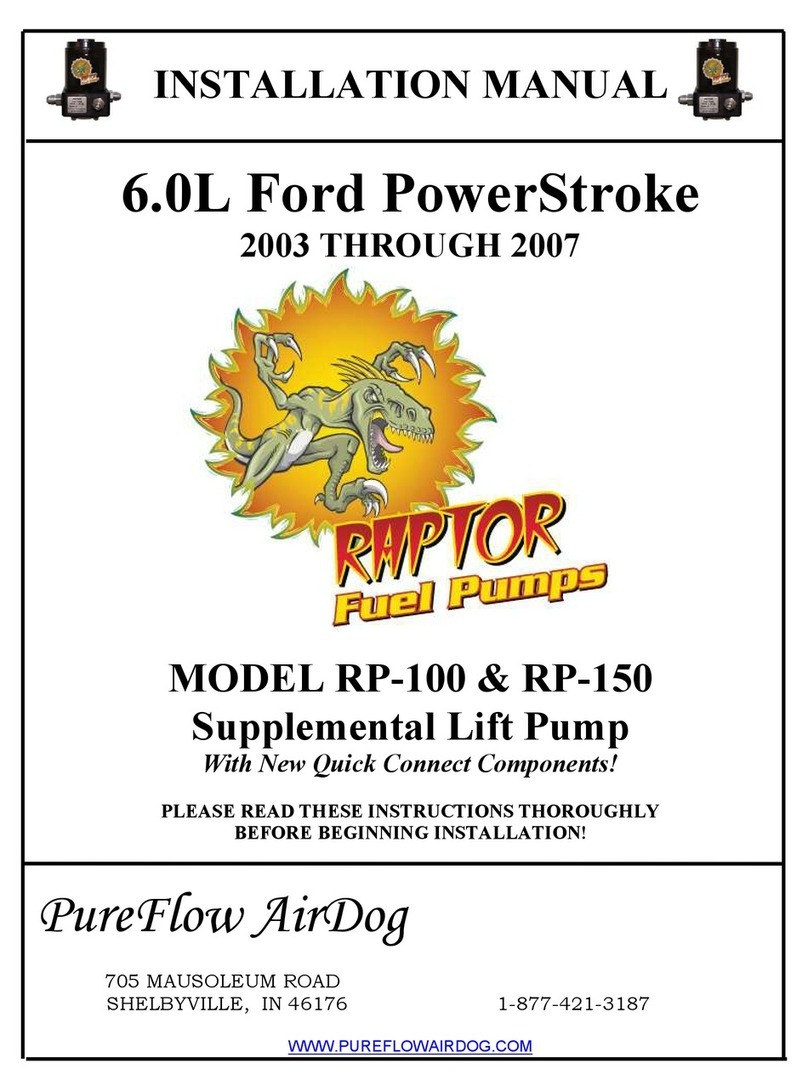
PureFlow AirDog
PureFlow AirDog RP-100 installation manual
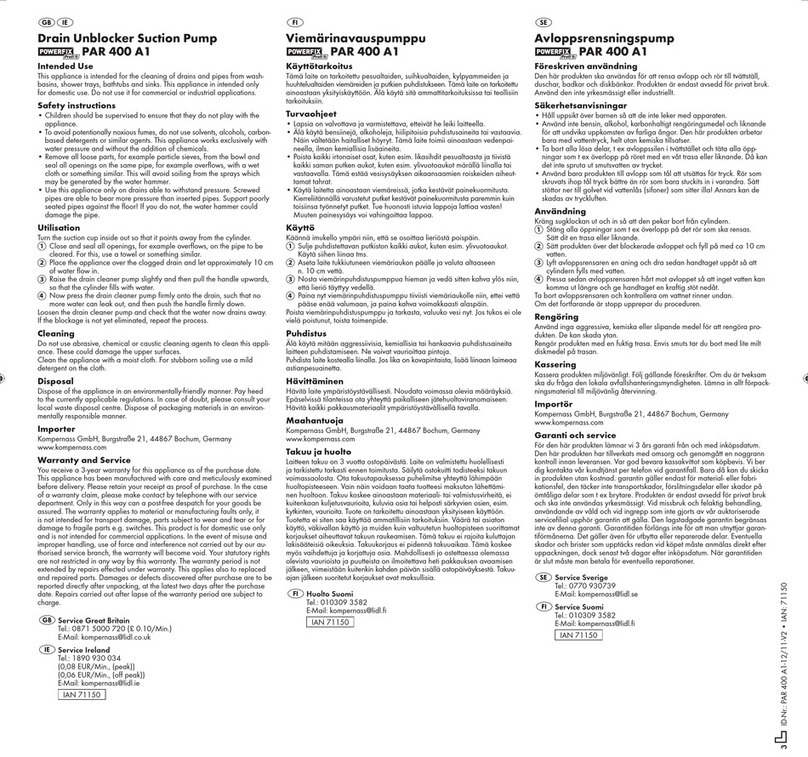
Powerfix Profi
Powerfix Profi PAR 400 A1 manual
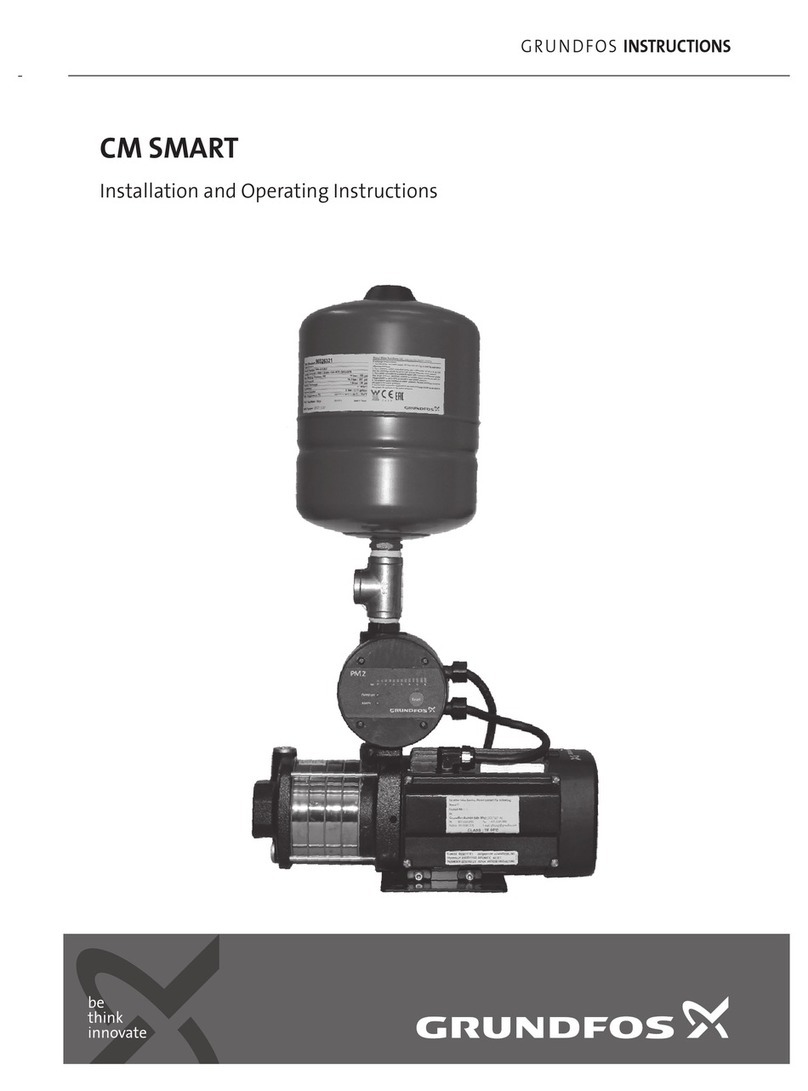
Grundfos
Grundfos CM Smart Installation and operating instructions

Gardena
Gardena 5500/3 operating instructions

Zoeller
Zoeller 915 installation instructions

Parkside
Parkside PHWW 1200 A1 Translation of the original instructions
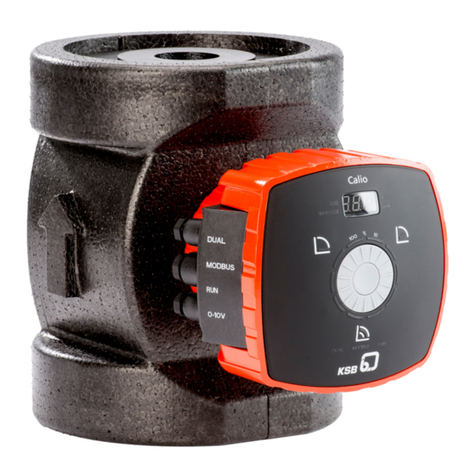
KSB
KSB Calio Installation & operating manual
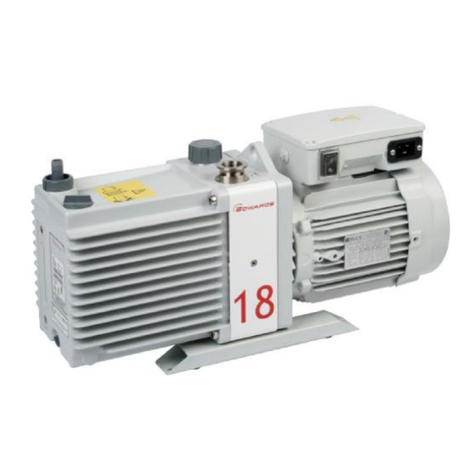
Edwards
Edwards E1M18 instruction manual

BRINKMANN PUMPS
BRINKMANN PUMPS FT35 Series operating instructions

Homa
Homa Chromatic 240W Sensoflat Original instruction manual
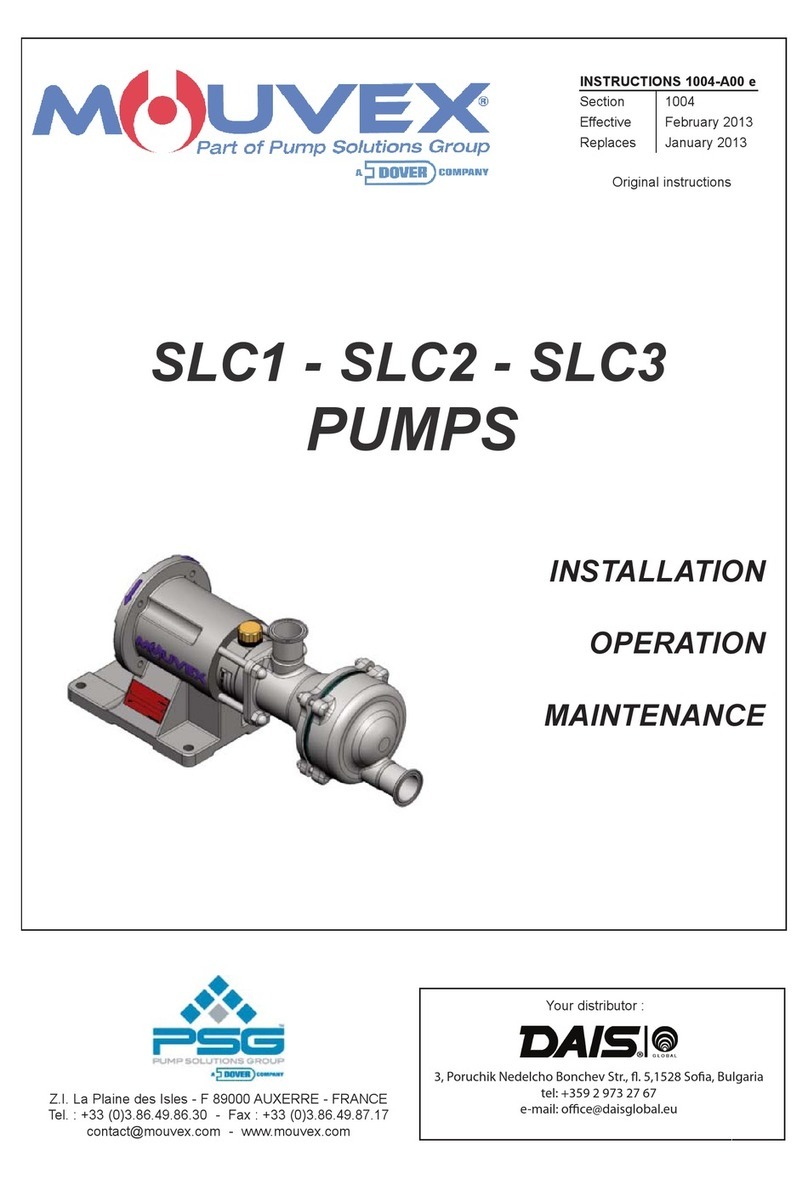
Mouvex
Mouvex SLC1 Installation operation & maintenance
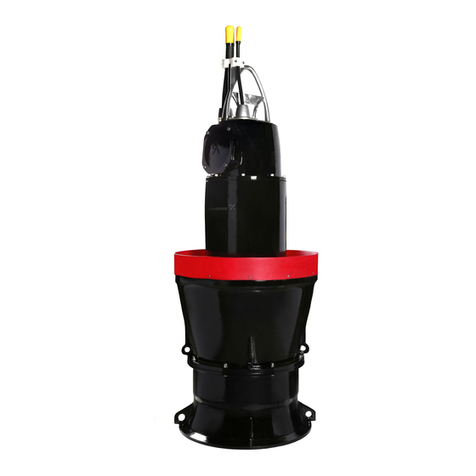
Grundfos
Grundfos KPL Installation and operating instructions

Bruin Pumps
Bruin Pumps BR4300 Maintenance and Inspection

